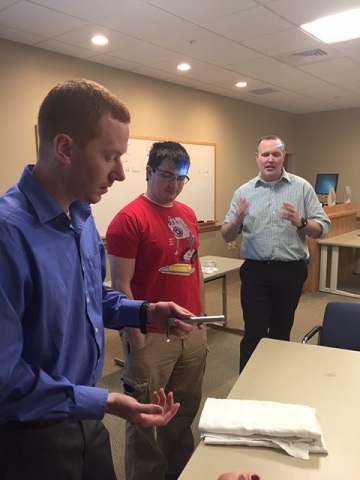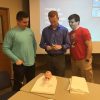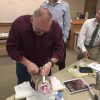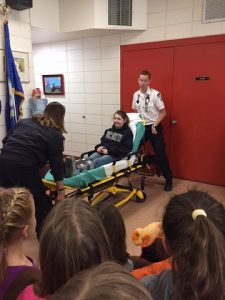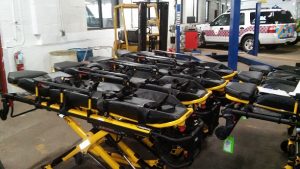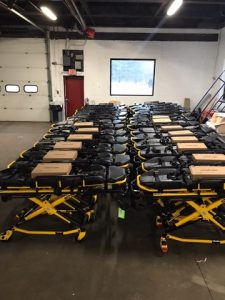Occasionally we will share severe weather information consequential to public health, public safety and EMS response. Below is a CT DPH Press Release addressing the dangers of Carbon Monoxide Poisoning.
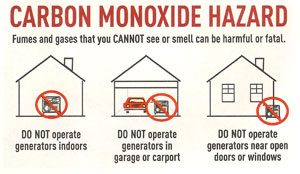
HARTFORD – With growing confidence that Connecticut will be impacted by a major winter storm on Tuesday, the Connecticut Department of Public Health (DPH) warns residents of the dangers of carbon monoxide (CO) and urges them to take steps to prevent deadly CO poisoning. In anticipation of power outages, DPH is very concerned about improper use of portable generators and other sources of heat, which could lead to CO poisoning. When power goes out many people run portable generators inside or close to the home, or use charcoal grills inside the home. Generators should be placed at least 20 feet from the house and never inside the house, on a porch, basement, garage or shed. Charcoal grills should never be used indoors.
CO is an invisible, odorless gas that can be fatal. Breathing in excessive amounts of CO can cause loss of consciousness and death. The symptoms of CO poisoning can mimic those of the flu, including headache, fatigue, dizziness, weakness, nausea, vomiting, chest pain, confusion, or loss of consciousness. People who are sleeping or unconscious can die from CO poisoning before they exhibit any symptoms. DPH warns that anyone exhibiting these symptoms should leave the house immediately and call 911 and the Connecticut Poison Control Center at 1-800-222-1222 from another location.
Improper use of portable generators have caused more than half of CO poisonings in Connecticut, according to DPH. DPH offers the following safety tips to prevent CO poisoning:
• Never use portable generators or other gasoline-powered equipment (including tools) indoors or in the garage, basement, shed or other enclosed spaces. Even if the garage or shed doors are open, CO gas can still build up to dangerous levels within minutes.
• Place portable generators at least 20-25 feet from your home. There have been instances where exhaust containing CO gas has been blown back into the house and poisoned occupants when outdoor portable generators were close to the house.
• Opening windows and doors, and operating fans is NOT sufficient to prevent buildup of CO in a home.
• Use charcoal and gas grills or camping stoves outdoors only.
• Make sure exhaust vents for your furnace and gas appliances (dyers, stoves) are free of snow. Exhaust vents blocked by snow can cause combustion gases to back up into the home.
• After a snow storm, make sure your car’s exhaust pipe is clear. A clogged exhaust pipe could lead to carbon monoxide buildup in your vehicle. Fatalities have resulted from people trying warm themselves in their car without clearing snow away from exhaust pipe due build-up of CO gas in car.
DPH developed a video, Carbon Monoxide: The Silent Killer, to help raise awareness of the dangers of CO and how to prevent poisoning. It is available online in English and Spanish by clicking on the following link: https://www.youtube.com/watch?v=Pe-8QcFJ1ME .
“Exercise can enhance alertness at work in addition to increasing neural activity and clinical performance. Blocking out 20 minutes (or more) prior to a shift will boost their mood and combat fatigue while working.”
“Prepare meals for a number of days for quick and easy access. Experiment with slow-cookers or freeze portion sizes of healthy meals. Pack healthy snacks such as prepared fruit and easy-to-eat vegetable pieces like baby carrots and celery with hummus, or a small container of mixed unsalted nuts and seeds.”

